| Recent Featured Videos and Articles | Eastern “Orthodoxy” Refuted | How To Avoid Sin | The Antichrist Identified! | What Fake Christians Get Wrong About Ephesians | Why So Many Can't Believe | “Magicians” Prove A Spiritual World Exists | Amazing Evidence For God | News Links |
| Vatican II “Catholic” Church Exposed | Steps To Convert | Outside The Church There Is No Salvation | E-Exchanges | The Holy Rosary | Padre Pio | Traditional Catholic Issues And Groups | Help Save Souls: Donate |  |

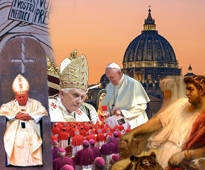
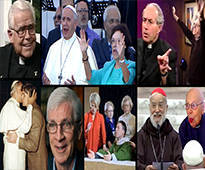
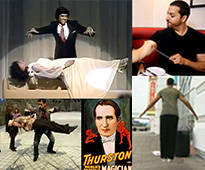
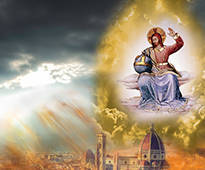

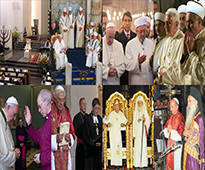


 " />
" />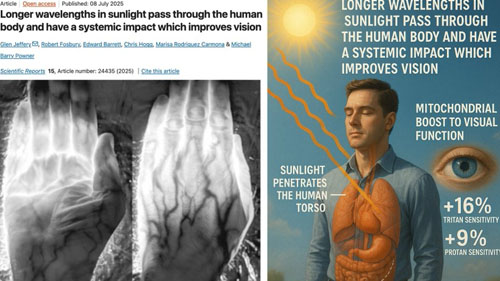 " />
" />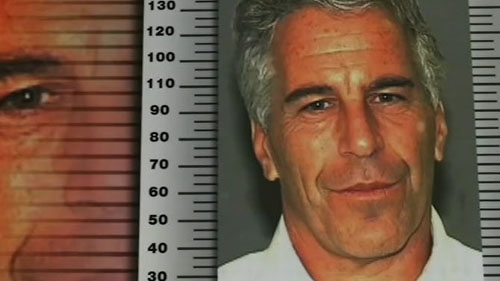 " />
" />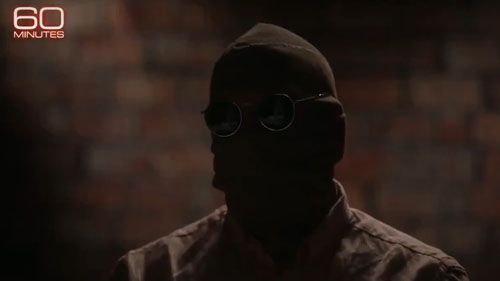 " />
" /> " />
" />




22 Heresies in Antipope John Paul II’s Joint Declaration with the Lutherans on the Doctrine of Justification
Sign up for our free e-mail list to see future vaticancatholic.com videos and articles.
Recent Content
^